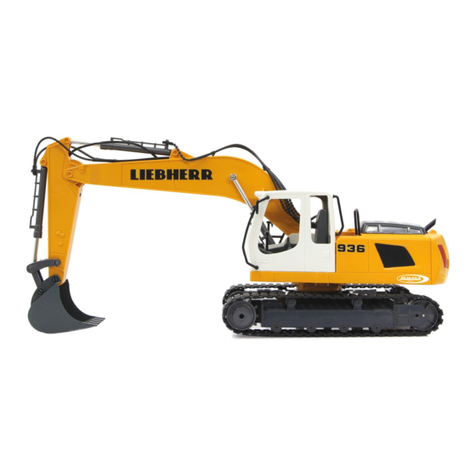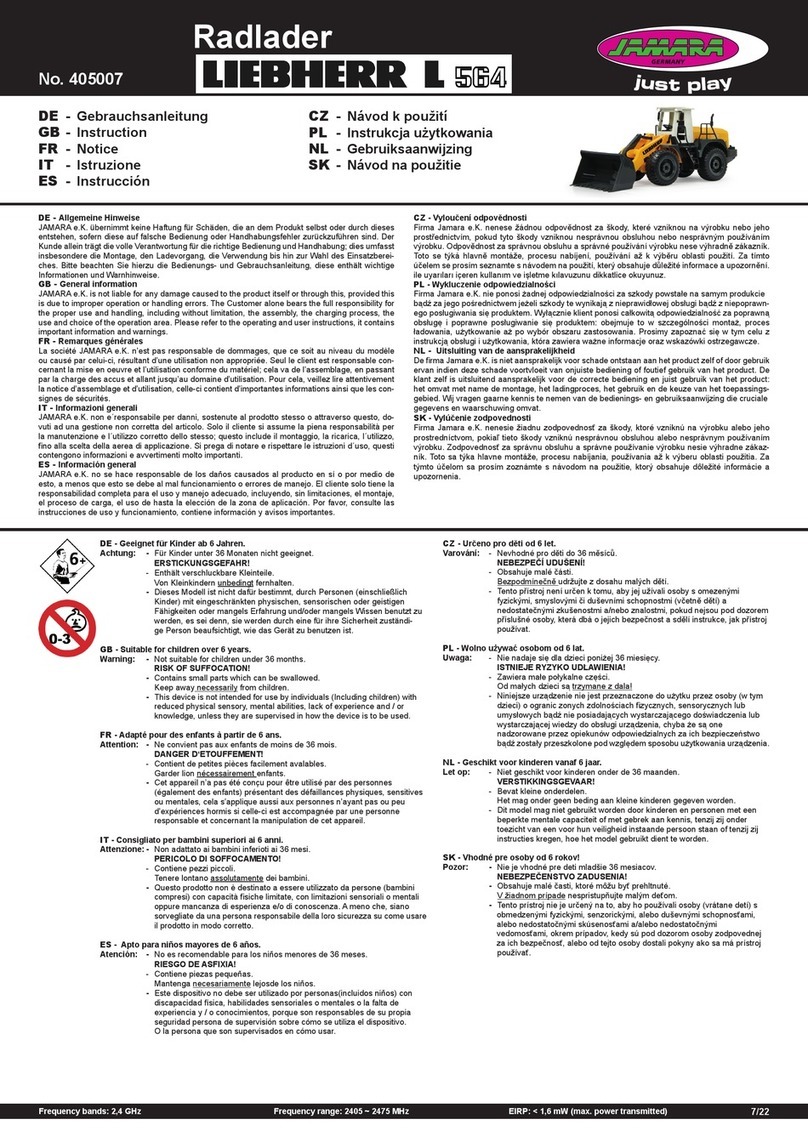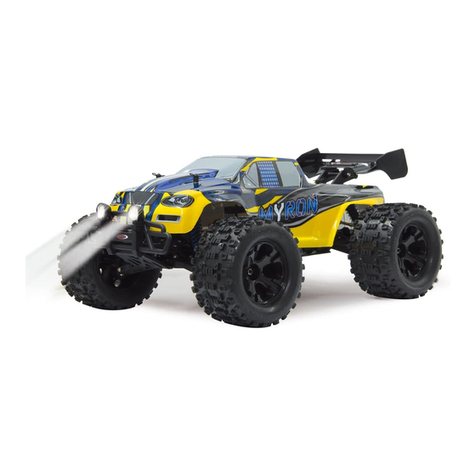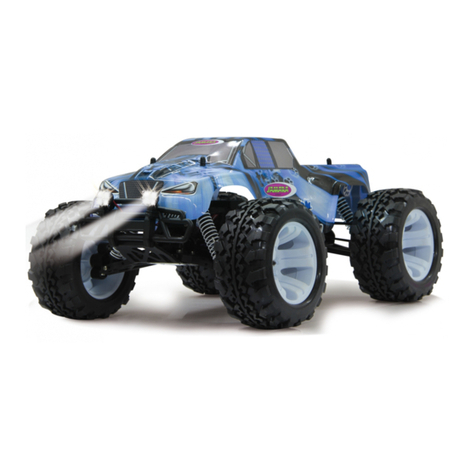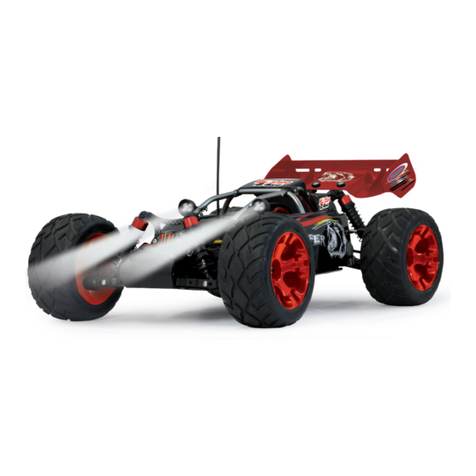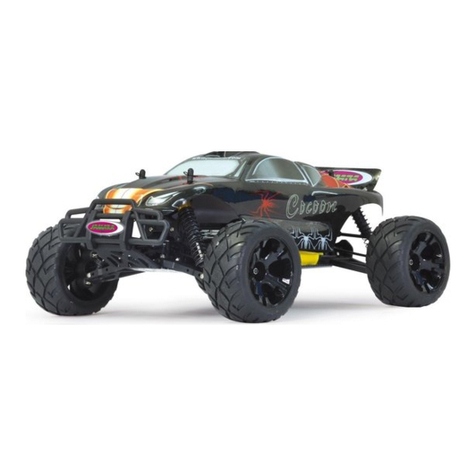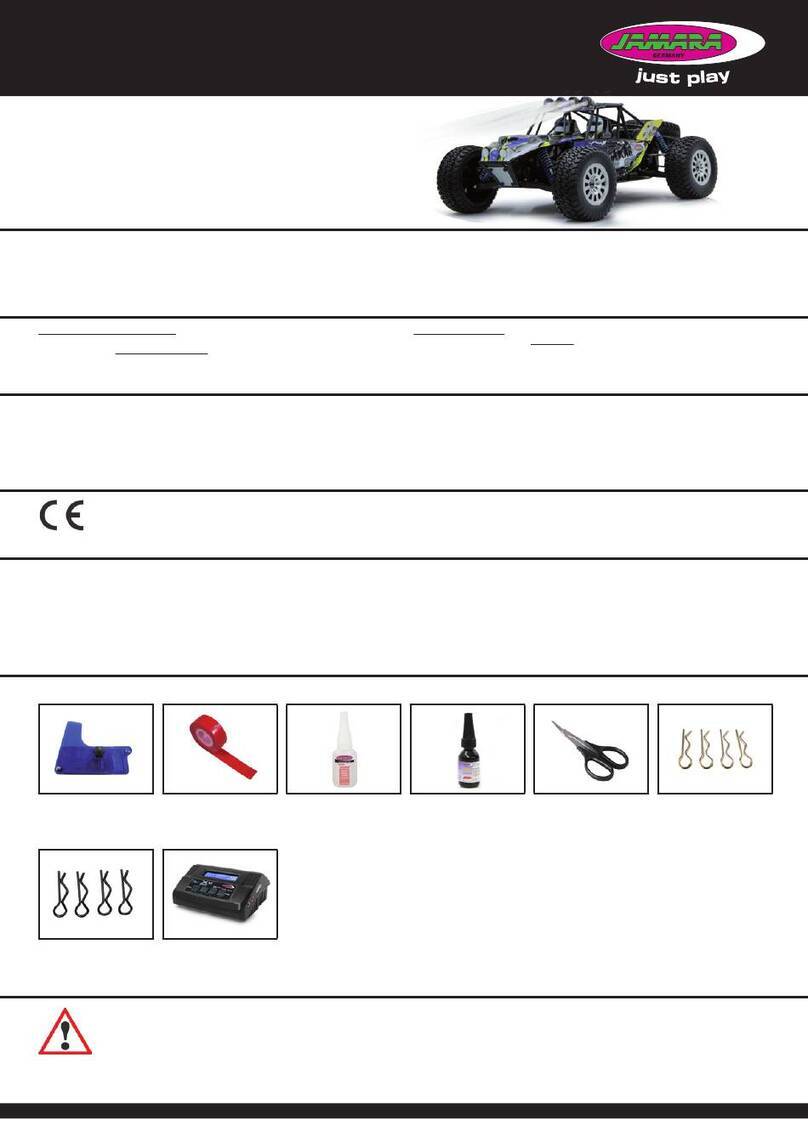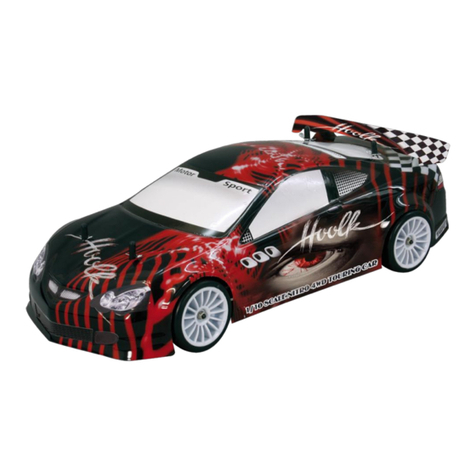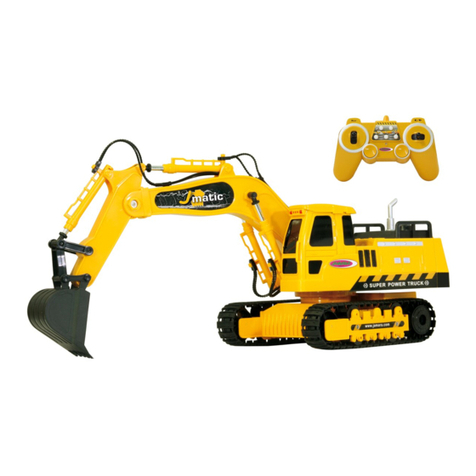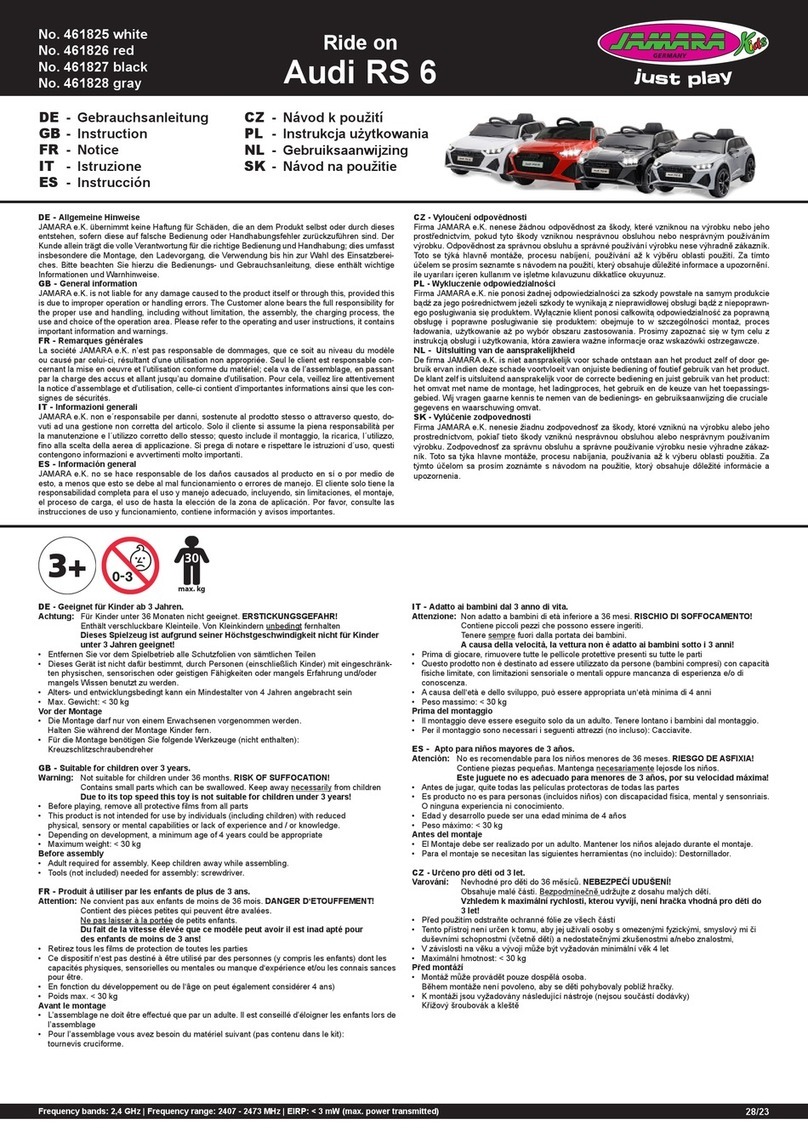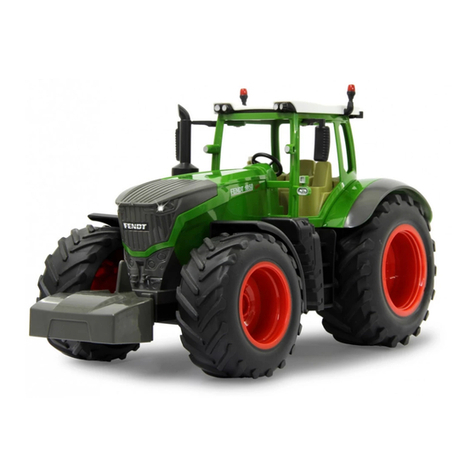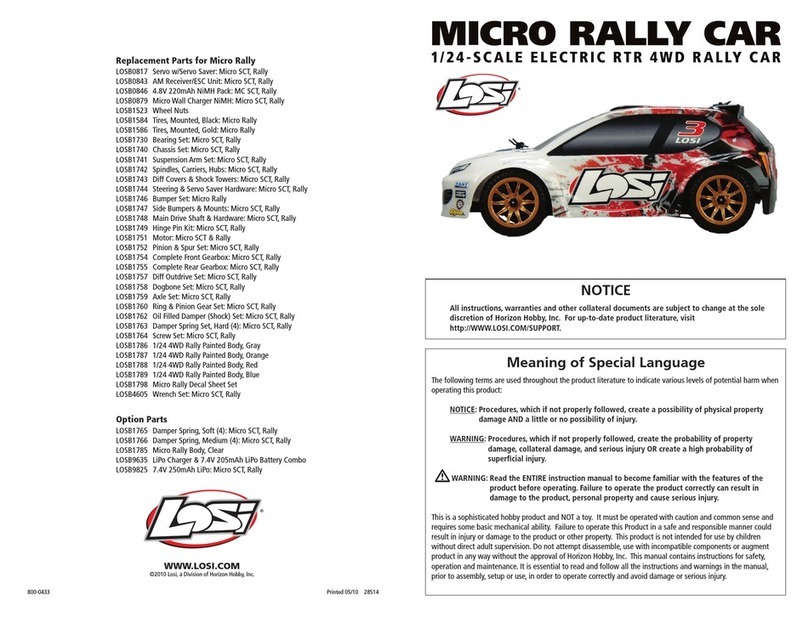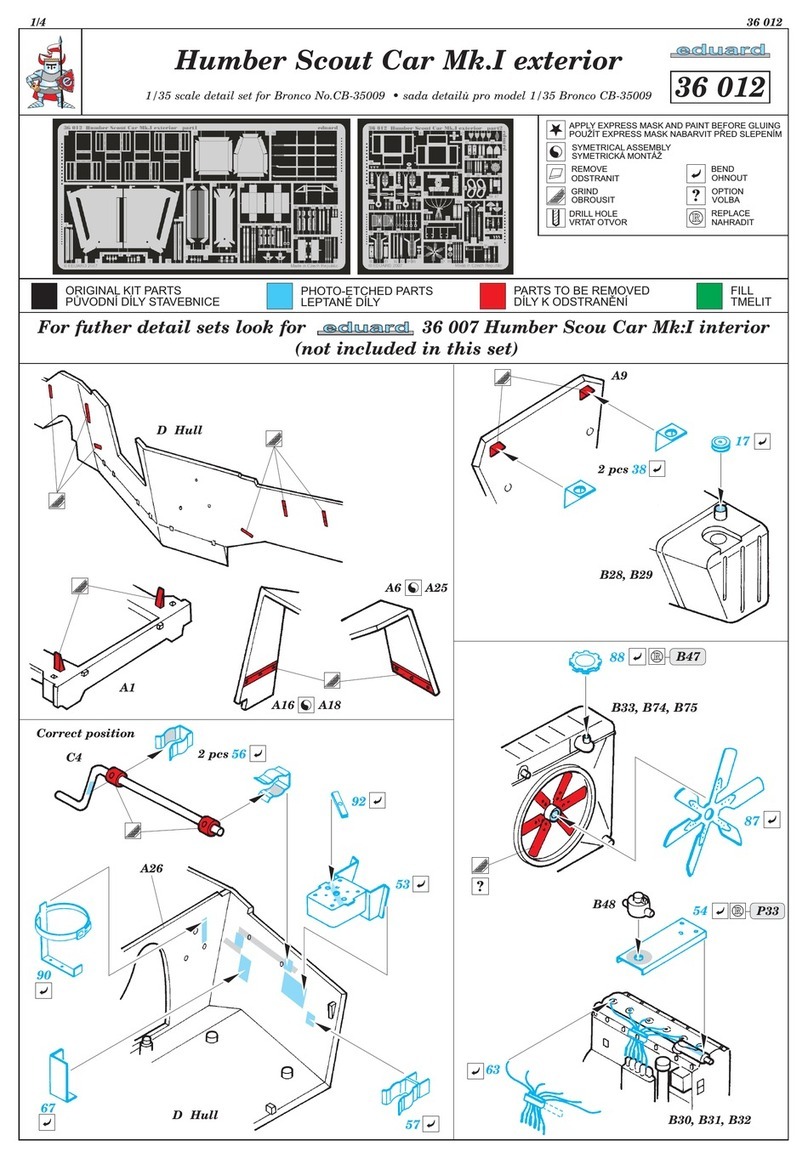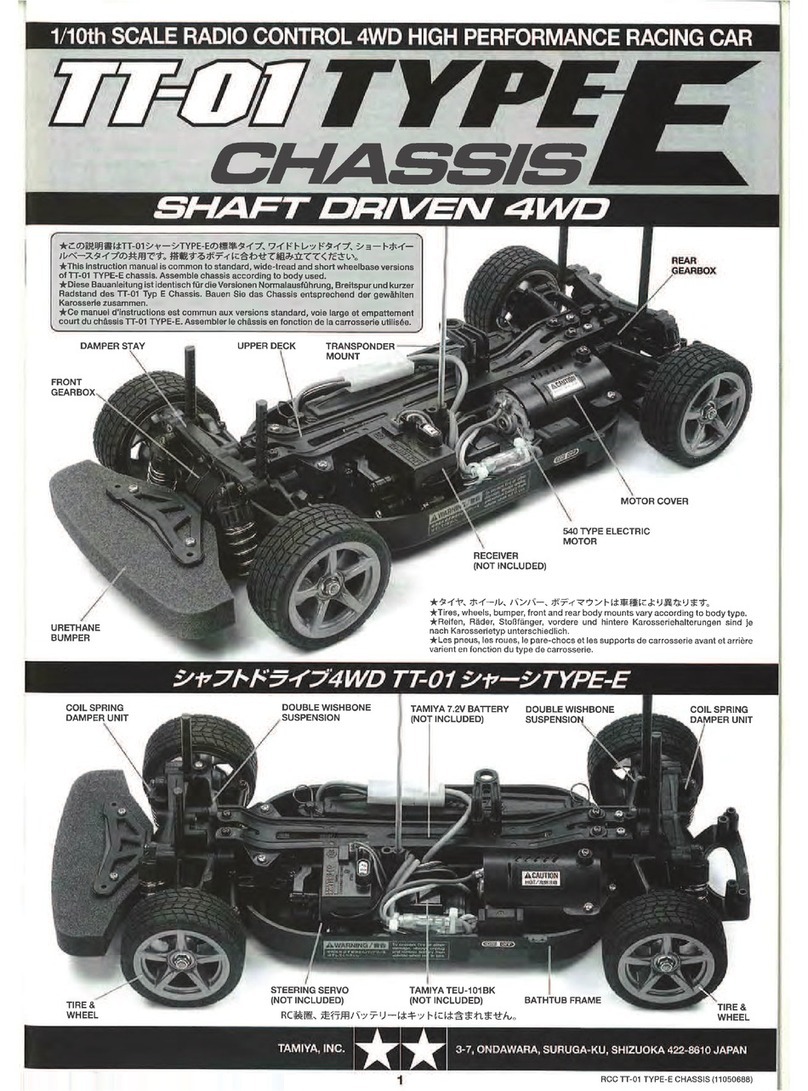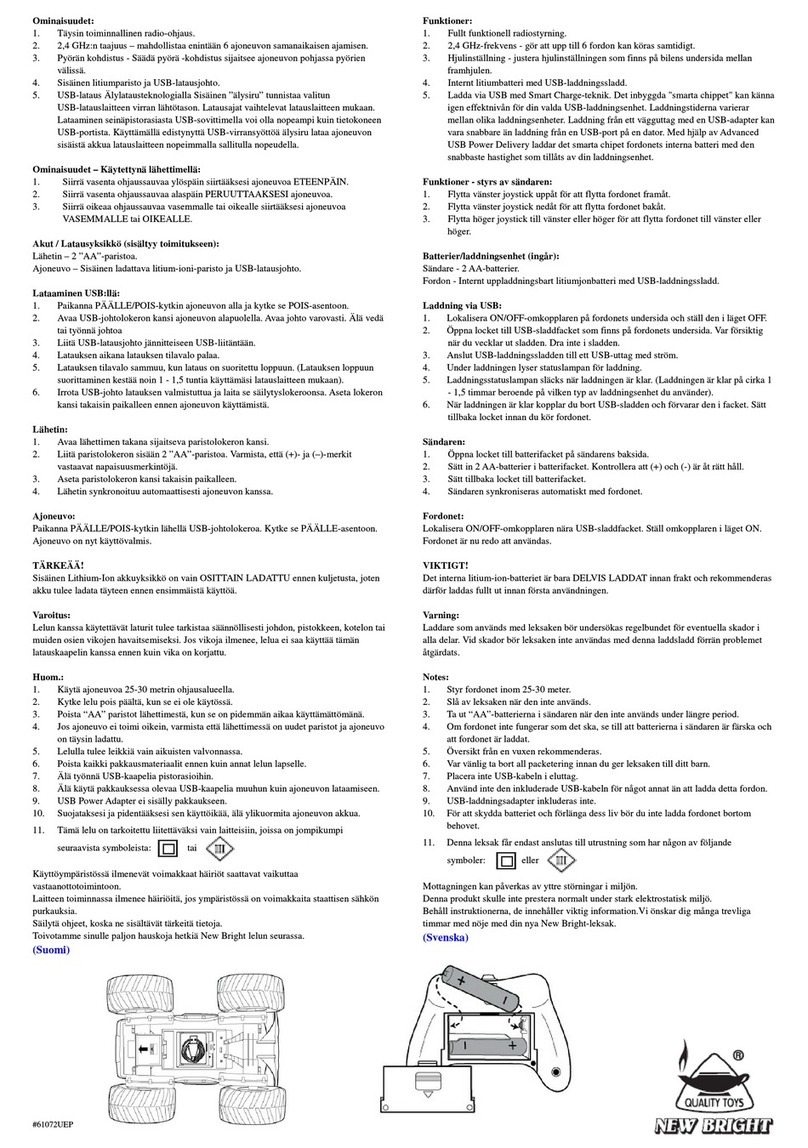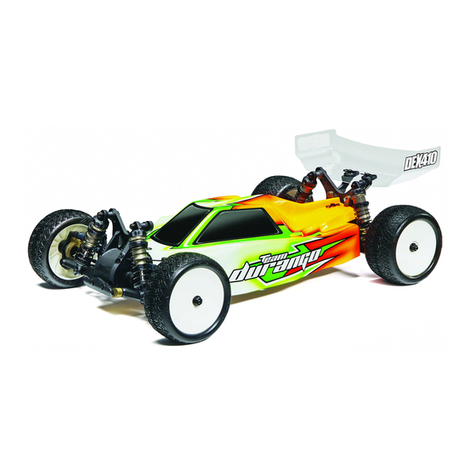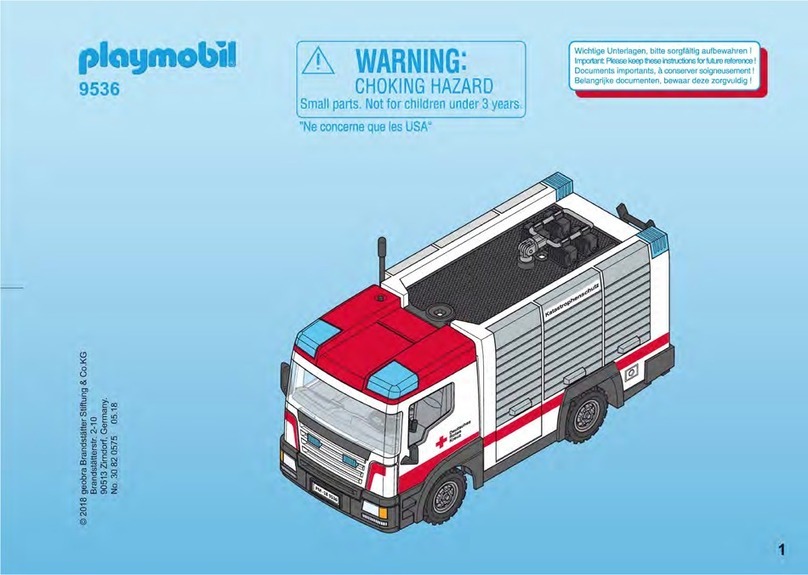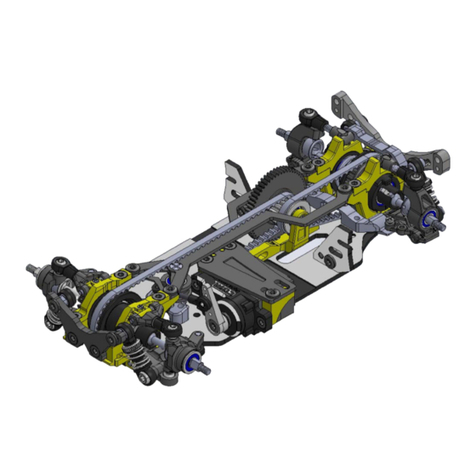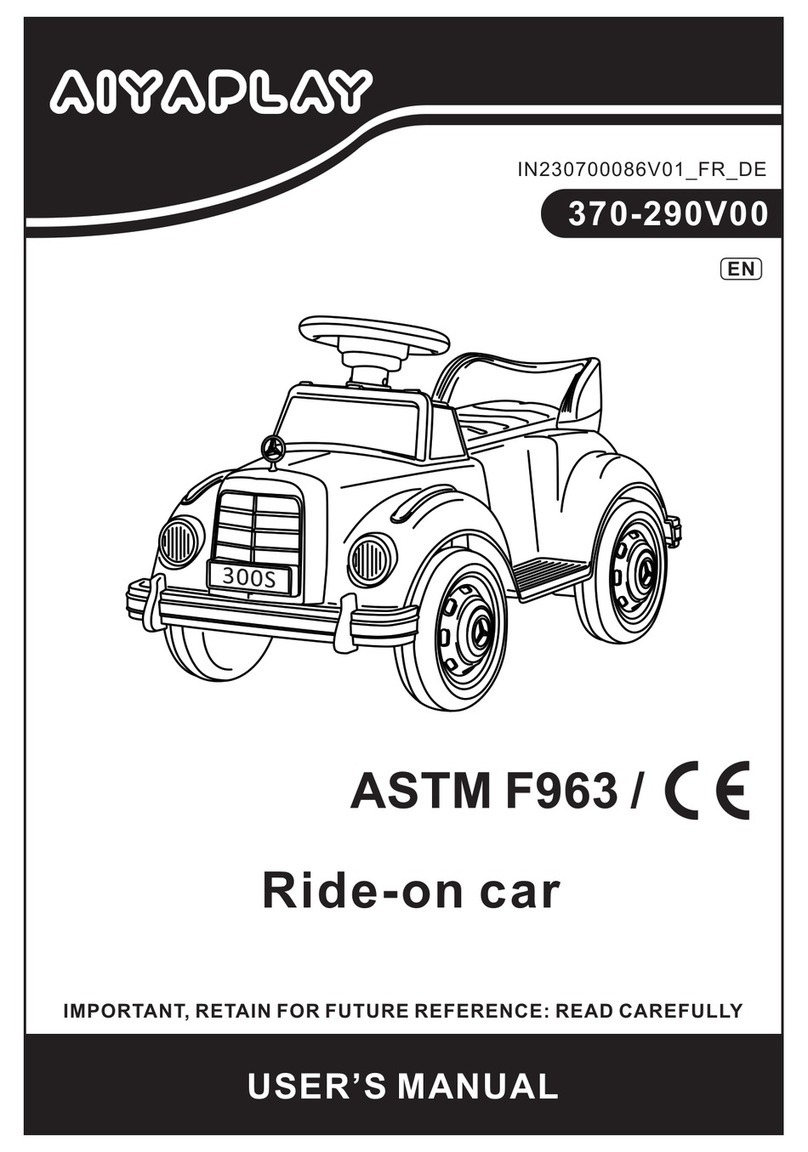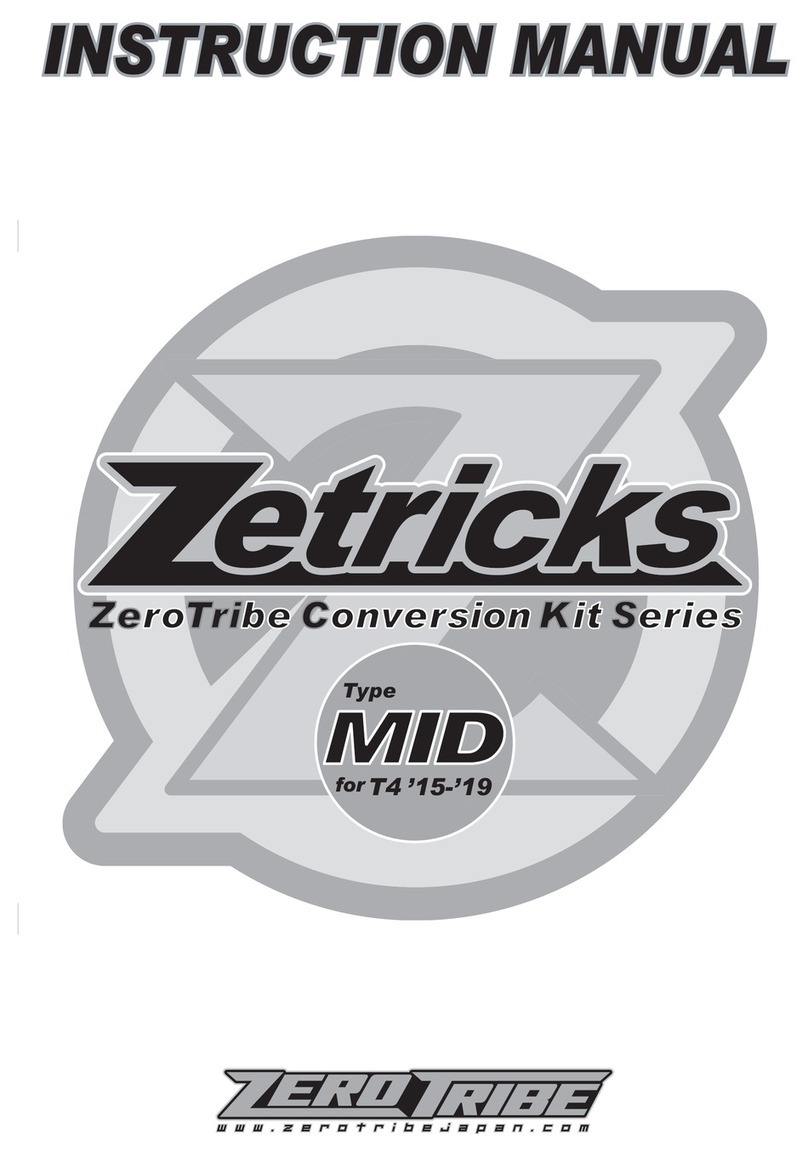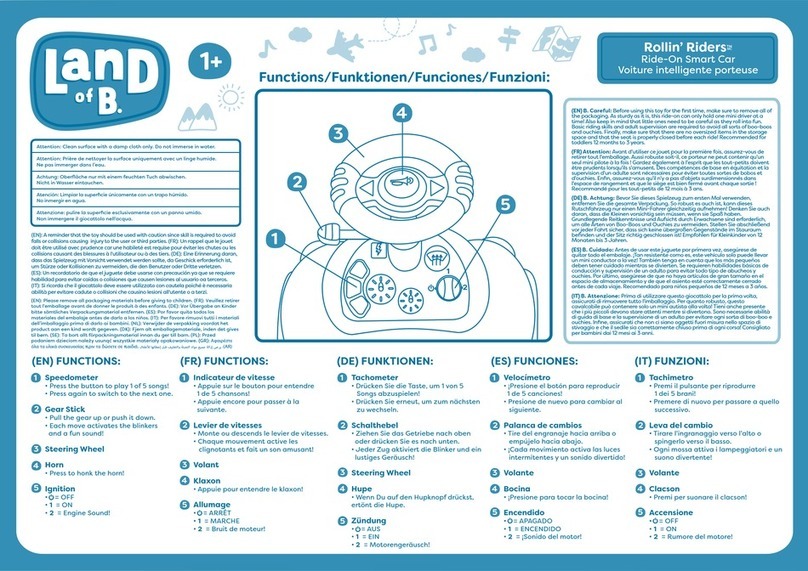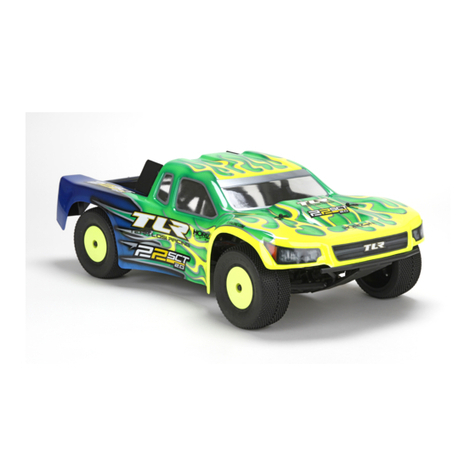
5
IT - Tramite segnali d’avviso, il regolatore richiama l‘attenzione su determinate condizioni:
1. Durante l´avvio, il processore controlla la tensione d’ingresso, quando è al di fuori dei limiti consentiti, un tono duale
con una pausa di un secondo tra i singoli segnali „bipbip, bip-bip, bipbip-“ lo segnala.
2. Quando il segnale d’ingresso non è corretto, sarà generato un suono con una pausa di due secondi tra i singoli
segnali „bip-,-bip, bip-“
Questo regolatore è dotato di una serie di dispositivi di sicurezza per un funzionamento sicuro:
1. Spegnimento sottotensione:
Non appena la tensione di una batteria LiPo, per un periodo di 2 secondi, va sotto la soglia impostata, il motore si
spegne. Notate che il motore non può essere riavviato, se la tensione di una cella è inferiore a 3,5 V. Batterie NiCd
o NiMH con una tensione compresa tra 9,0 V e 12,0 , sono trattate come una batteria LiPo a tre celle. Le batterie con
meno di 9.0 V come un due-celle LiPo-Pack. Se per esempio, una batteria NiMH ha una tensione di 8,0 V, e la soglia
è impostata a 2,6 V per cella LiPo, l‘arresto avviene a 5,2 V (2 x 2,6 V). Cosi anche le celle di NiCd, sono
efcacemente protetti contro una scarica profonda.
2. Spegnimento per sovratemperatura:
Appena la temperatura del regolatore, per una durata di 5 secondi, supera il valore di 95 ° C, il motore si spegne.
Dopo lo spegnimento, è necessario lasciare raffreddare il regolatore, altrimenti il regolatore sarà danneggiato.
Questa funzione non può essere disabilitata!
3. Segnale d´ingresso difettoso
Se il segnale d’ingresso per un periodo di 0,2 sec è rilevato come errato e motore si spegne.
GB - In certain circumstances the ESC will omit an acoustic tone to warn you of a problem:
1. On switching on, the ESC will check the battery pack voltage and if it falls outside the correct values it will omit
double signals followed by a 1 second pause: “beep-beep-, beep-beep-, beep-beep-”
2. If the ESC does not receive a signal from the transmitter it will omit single signal followed by a 2 second pause:
“beep-, beep-, beep-”
The ESC has ben equipped with a series of protective circuits to ensure safe operation:
1. Low voltage cut-off:
If the voltage drops below the set value for more than 2 seconds the ESC will switch the motor off. Please note that
the motor cannot be started again if the voltage is below the choosen value per cell.
If a NiCd or NiMH pack with a voltage of between 9 and 12 Volts is connected, the ESC will treat is as if it was a 3 cell
LiPo pack. If the pack voltage is below 9.0 Volts, the ESC will react as if it was a 2 cell LiPo pack. For example, if a
NiMH pack is connected with a nominal voltage of 8 Volts and the cut-off value is set to 2.6 Volts per cell, the ESC
will switch the motor off at 5.2 Volts (2 X 2.6 V). This will protect the NiMH packs from ‘deep discharge’.
2. Temperature cut-off
If the internal temperature of the ESC rises above 95°C for more than 5 seconds the motor will switch off. After the
ESC switches off it has to cool down before operating again. Otherwise the ESC will be damaged. This function
should not be disabled!
3. Signal loss
If the signal is lost for more than 0.2 seconds the ESC will switch the motor off.
IT - Soluzione dei problemi
Anche se questo controller per modelli d´auto e camion
è sottoposto a un controllo di qualità continuo, possano
manifestarsi dei problemi. Nella tabella seguente sono
elencati i possibili problemi e le relative soluzioni.
Dopo l‘accensione il motore non parte e non rilascia
alcun segnale acustico.
1. La batteria o il collegamento alla batteria non sono in
ordine.
- Controllare i cavi, connettori e batteria.
Dopo l‘accensione, il motore non parte ed emette
un segnale di allarme, un doppio segnale acustico
ogni secondo.
1. La tensione d’ingresso non è corretta, è troppo alta o
troppo bassa.
- Controllare la tensione della batteria.
Dopo l‘accensione, il motore non parte ed emette un
segnale di allarme continuo ogni 2 secondi.
1. Il segnale d’ingresso è identicato come errata.
- Controllare il trasmettitore e il ricevitore, e il lo di
collegamento ricevitore del regolatore.
Il motore gira in una direzione errata.
1. I collegamenti del motore in senso inverso.
- Sostituire due cavi di collegamento tra il motore e il
regolatore.
DImprovvisamente il motore non gira più
1. Il segnale d´ingresso non è corretto.
- Controllare trasmettitore, ricevitore e il cavo servo.
2. La batteria ha una tensione troppo bassa.
- Caricare la batteria.
Funzionamento irregolare del motore, balbetta.
1. Vi è una connessione allentata.
- Controllare tutti i collegamenti in grande dettaglio.
2. La trasmissione radio subisce forti interferenze
intermittenti.
- Ruotare il controllo spento e riacceso. Se ancora
non si ottiene un corretto funzionamento, utilizzare
il vostro veicolo in qualsiasi altro luogo.
GB - Troubleshooting
Although this ESC has been subjected to the most strin-
gent quality control it is possible that you may experience
a problem during operation. In this case please use the
table below to assist in fault nding.
The motor will not rotate after switching on.
No signal is present.
1. The battery pack or battery pack connectors are
faulty.
- Check all of the connectors and the battery pack.
The motor will not turn after switching on. The ESC
omits double signals with a 1 second interval.
1. The input voltage is too high or too low.
- Check the battery pack voltage.
The motor will not turn after switching on. The ESC
omits single signals with a 2 second interval.
1. No or a poor receiver signal.
- Check both the transmitter and receiver as well as
the ESC connecting cable.
The motor turns in the wrong direction.
1. The motor connecting cables are swapped
- Swap 2 of the ESC/motor connecting cables
The motor suddenly stops turning.
1. The battery voltage is too low.
- Charge the battery pack.
2. No signal.
- Check the transmitter, receiver and all of the cables
Only steering response
The motor stutters or runs irregularly.
1. One of the connectors is loose.
- Carefully check all of the connectors.
2. The receiver has intermediate interference.
- Switch the system off and then on. If the interfe-
rence persists, operate the model in another
location.
IT - Struttura del menu del regolatore GB - Menu structure
Nota importante:
Oltre ai segnali lampeggianti del LED rosso, sono generati anche segnali acustici dal motore. Al termine di ogni
programmazione, il regolatore deve essere prima spento. Dopo il riavvio, la nuova congurazione avrà effetto. Notate
che dal quinto passo di programmazione, la presentazione è un po’ diversa. Un lampeggio lungo segnala il passo 5,
seguito da altri segnali di breve durata per i passi successivi.
Per esempio, come segue:
Segnale lampeggiante lungo + una volta corto = Programmazione Passo 6
Segnale lampeggiante lungo + due volte corto = Programmazione Passo 7
Segnale lampeggiante lungo + tre volte corto = Programmazione Passo 8, ect.
Important note:
In addition to the red LED blinking, the motor will omit an acoustic
signal. After every change to the values the ESC must be
switched off to store the values. The new settings will not be effective until the ESC is re-started. Please note that
program option 5 and above (Professional settings) are slightly different in that they will be indicated by a long blink
rst followed by short blinks.
For example:
Long blink + one short = Program option 6
Long blink + two short = Program option 7
Long blink + three short = Program option 8, etc.
Accendere il trasmettitore
Switch transmitter ON
Tutte le fasi seguenti di programmazione si svolgano nella stessa maniera.
All of the other menu options are accessed in the same manner.
rosso|red LED lampeggia|blinks 1x, ►0 %
rosso|red LED lampeggia|blinks 2x, ►5 %
rosso|red LED lampeggia|blinks 3x, ►10 %
rosso|red LED lampeggia|blinks 4x, ►15 %
rosso|red LED lampeggia|blinks 5x, ►20 %
rosso|red LED lampeggia|blinks 6x, ►25 %
rosso|red LED lampeggia|blinks 7x, ►30 %
rosso|red LED lampeggia|blinks 8x, ►40 %
Il LED rosso lampeggia una volta, cioè, signica andare avanti con freno.
Red LED blinks once indicating forwards and brake.
LED rosso lampeggia due volte, vale a dire, avanti e indietro con freno.
The red LED blinks twice indicating forwards, reverse and brake.
rosso|red LED lampeggia|blinks 1x, ►aus
rosso|red LED lampeggia|blinks 2x, ►2,6 V
rosso|red LED lampeggia|blinks 3x, ►2,8 V
rosso|red LED lampeggia|blinks 4x, ►3 V
rosso|red LED lampeggia|blinks 5x, ►3,2 V
rosso|red LED lampeggia|blinks 6x, ►3,4 V
Si prega di premere il tasto ‚SET‘ per ogni modica del valore corrente,
il LED rosso indica ciascuno dei valori, lampeggiare una volta signica
che è impostato su valore 1, due volte sul valore 2 ecc.
Press the ‘SET‘ button to select the desired value. The red LED will
indicate which value is selected. 1 X blink indicates value 1, 2 x blinks
indicate value 2 etc.
Accendere il regolatore, mentre si
preme il tasto ‚SET‘.
Press and hold the ‘SET‘ button
down and switch the receiver on
Il LED rosso lampeggia
The red LED blinks
Il LED verde lampeggia una volta
The green LED blinks once
Il LED verde lampeggia 2 x
The green LED blinks twice
Il LED verde lampeggia 3 x
The green LED blinks 3 times
Il LED verde lampeggia X x
The green LED blinks X times
Premere il pulsante
per 3 secondi
Press the button
for 3 seconds
Premere il pulsante
per 3 secondi
Press the button
for 3 seconds
Premere il pulsante
per 3 secondi
Press the button
for 3 seconds
Lasciare il tasto
Release button
Premere il tasto
Press button
Programmazione Fase 1,
modalità di guida
Program option 1, Drive mode
Fase di programmazione 2,
modalità di frenata
Program option 2, Brake mode
Fase di programmazione 3,
sottotensione
Program option 3, Low voltage cut-off
Phase de programmation X
Program Option
Lasciare il tasto
Release button
Lasciare il tasto
Release button
Lasciare il tasto
Release button
Premere il tasto
Press button
Premere il tasto
Press button
Premere il tasto
Press button
